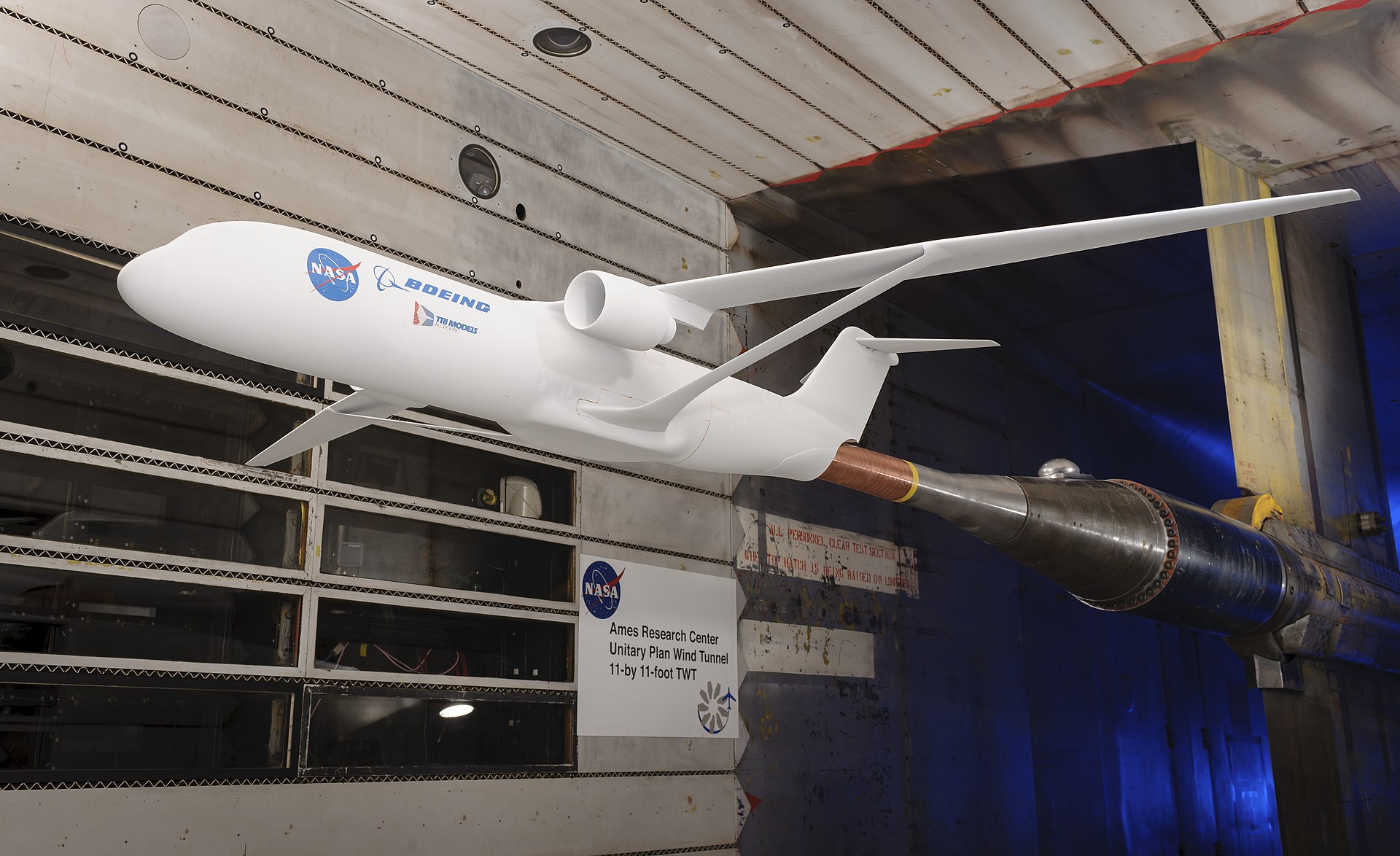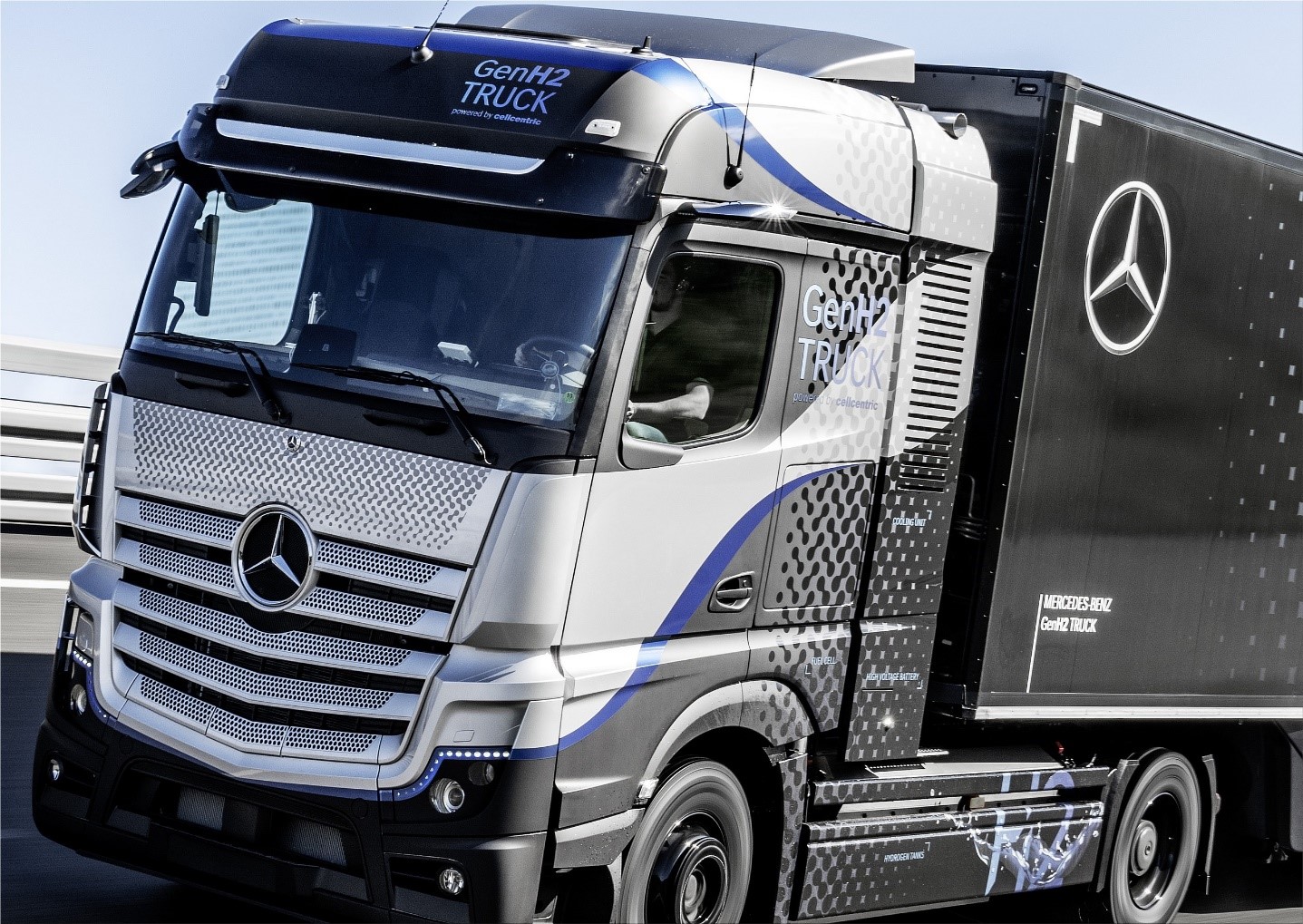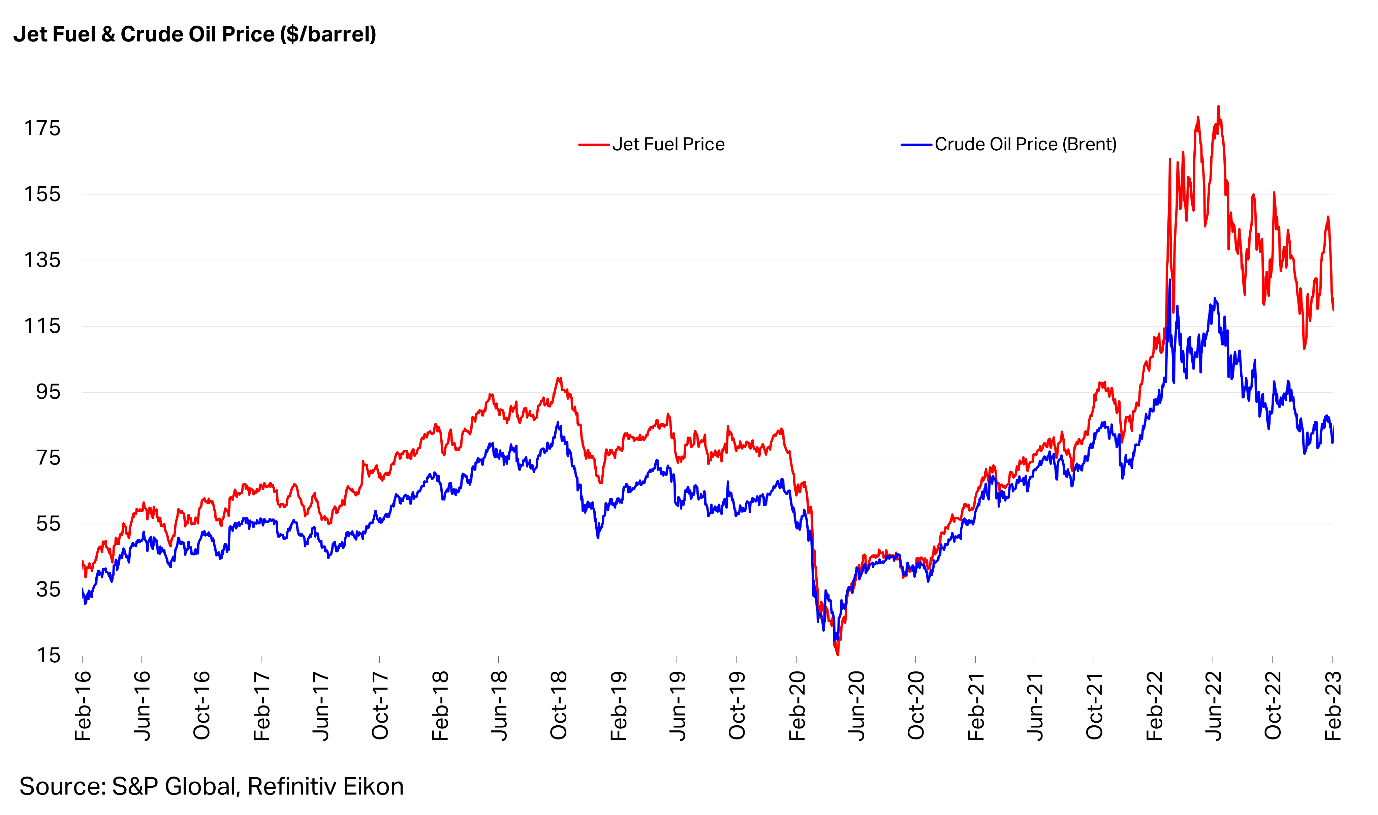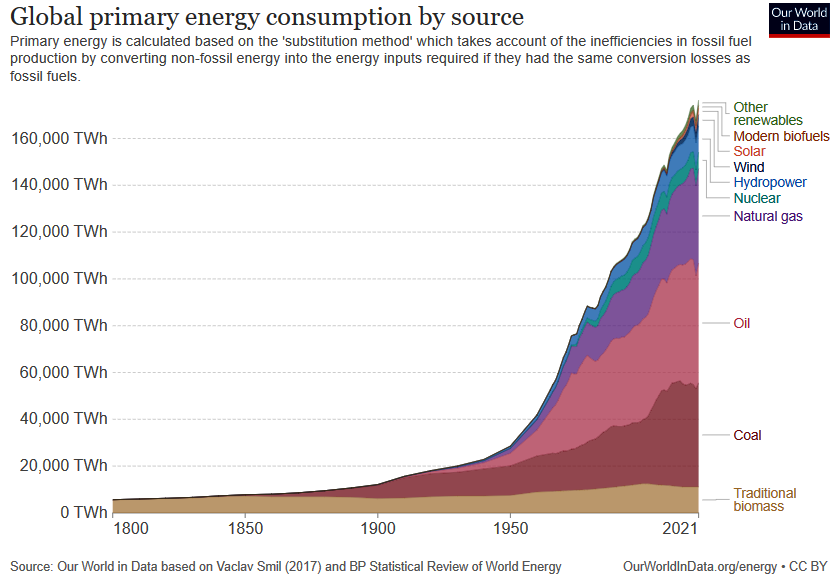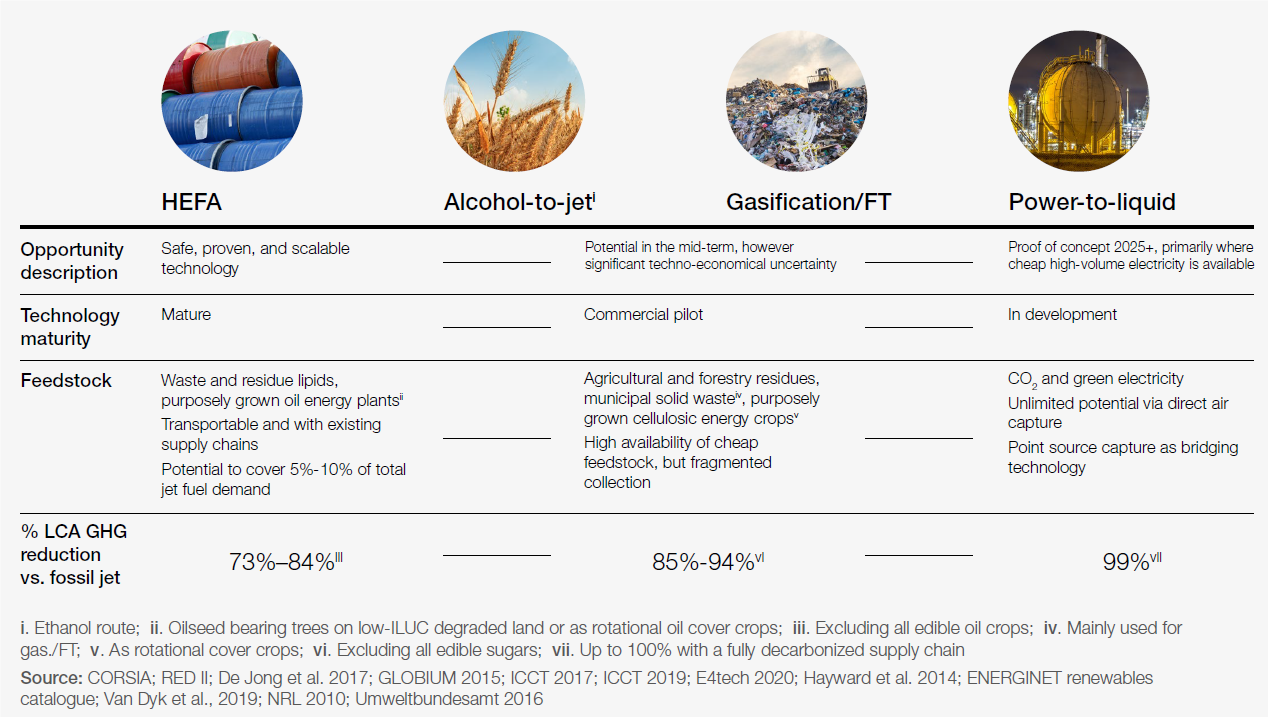Leeham News and Analysis
There's more to real news than a news release.
Pontifications: New GAO report shows how aviation industry repeatedly failed to meet eco-aviation goals
April 4, 2023, © Leeham News: A new study by the US Government Accountability Office (GAO) makes clear how the US airline industry effort has been anemic in reducing emissions over the last 20 years.
In fact, despite all the rhetoric and genuine efforts in certain elements of commercial aviation, it might be fair to say that the airline industry’s effort overall has been pathetic.
Despite all the fanfare in 2021 when the International Air Transport Association (IATA) adopted a resolution with goals to decarbonize, that resolution was little more than regurgitating previous, similar goals. The same goes for the goals adopted by the International Civil Aviation Organization (ICAO) shortly after IATA.
I’ll explain below. Suffice it to say that when Tim Clark, the president of Emirates Airline, told the 2021 IATA conference, “Don’t make promises you can’t keep,” he wasn’t whistling past the graveyard.
The GAO report, Sustainable Aviation Fuel, is an unintentional indictment of just how pathetic commercial aviation has been in setting and failing to meet goal after goal, after goal.
Despite tripling the production in 2022 of Sustainable Aviation Fuel (SAF) compared with 2021, use by US airlines barely moved the needle. Even though airline use also tripled, SAF still represented marginally less than 0.1% of aviation fuel.
A goal set in 2007 called for 10% of fuel used would be SAF by 2017.
Pontifications: Technical challenges for UAMs, et al, only part of the problems
March 28, 2023, © Leeham News: Technical challenges for alternative energy aircraft are daunting. Urban Air Mobility, Advanced Air Mobility, eVTOLs, batteries, hydrogen, hybrids—this list goes on.
Advances are reaching a point where some of the concepts in development will be ready for service within a few years. As LNA’s Bjorn Fehrm has written about these various ideas, there remain questions over the feasibility and commercial viability, but I’m not going to repeat these here.
Rather, there are other areas to consider. LNA has touched on the issues of Air Traffic Management (ATM) and pilot needs. The latter applies to on-board or remote piloting. If there is a big pilot shortage in the airline industry (and there are biased rebuttals to the contrary), where are pilots for thousands of UAMs, eVTOLs, small airplanes, etc., going to be found?
Certainly, pilots for these aircraft don’t need the minimum 1,500 hours mandated to be an airline pilot. But manpower is manpower and if you don’t have the people, the number of hours required doesn’t matter. I can’t say I’d be too keen on being transported by a pilot, either in the vehicle or at some joystick somewhere, who is running around like the Jetsons.
Automation in lieu of pilots presents a whole new arena of questions. Yes, automation is used in the military already, as are remotely piloted drones. Boeing CEO David Calhoun thinks automation is in the future of commercial aviation sooner than later.
But there are more issues to consider than these: Production, product support, and the supply chain are hardly inconsequential issues.
Bjorn’s Corner: New aircraft technologies. Part 3P. Airframe improvements
Subscription required
By Bjorn Fehrm
March 10, 2023, ©. Leeham News: This is a complementary article to New aircraft technologies. Part 3. Airframe improvements. It discusses in detail the areas of an airliner airframe where tangible improvement can be made to make it more efficient and thus lower cost combined with less Green-House-Gas (GHG) emissions.
Bjorn’s Corner: Aircraft technology developments. Part 1.
February 24, 2023, ©. Leeham News: In the Sustainable Air Transport series we finished last week, we described new aircraft technologies developed to reduce Green House Gas (GHG) emissions.
There was one area we didn’t discuss, the progress on conventional technologies to reduce the fuel burn of an airliner.
We now start a series, digging deeper into what we can do with conventional technologies to reduce the fuel burned per passenger kilometer and, thus, GHG emissions.
Bjorn’s Corner: Sustainable Air Transport. Part 58. Summary Part 2.
February 17, 2023, ©. Leeham News: Last week, we summarized that SAF is the short-term solution for GreenHouse Gas (GHG) reduction for Air Transport, and hydrogen is the longer-term solution for up to medium-haul flights.
What about battery and hybrid aircraft? It’s the go-to solution for ground transport (except for long-haul trucks, which are going hydrogen, Figure 1)?
What is the ticket price influence of SAF? Part 2
Subscription required
By Bjorn Fehrm
Feb. 16, 2023, © Leeham News: Last week, we looked at the ticket price influence if airline fuel costs would increase going forward, either through increased use of Sustainable Aviation Fuel, SAF, or higher environmental emission fees.
We realized that ticket prices have other parts than fuel and aircraft-related costs. For instance, an airline has sales and marketing, administration, and airport ground staff. We got an overview of such cost parts depending on whether the airline was a mainline carrier or a Low-Cost Carrier (LCC).
Now we use this knowledge and our airliner performance and cost model to check the influence of varying fuel and emission costs on ticket prices going forward.
Summary:
- We check the influence of SAF blends and EU emission permits on end-of-decade energy costs.
- Then we discuss how increased flight energy costs can influence ticket pricing.
Bjorn’s Corner: Sustainable Air Transport. Part 57. Summary
February 10, 2023, ©. Leeham News: We started the present series around Sustainable Air Transport on the 7th of January 2022, more than a year ago. During this time, we have covered a lot of subjects regarding the emissions from Air Transport.
It’s time to wrap up the series and summarize what we covered and learned.
What would be the ticket price influence of SAF?
Subscription required
By Bjorn Fehrm
Feb. 9, 2023, © Leeham News: I have the last weeks described the difference between Jet fuel and SAF, or Sustainable Aviation Fuel, in my Friday Corners. We could see it has emission advantages compared with fossil Jet fuel that goes beyond the CO2 reductions it offers.
It’s a cleaner fuel where the production methods can avoid the troublesome aromatic carbon molecules that causes soot to form in jet engine exhaust. With reduced soot, the generation of contrails reduces, which is beneficial for reducing global warming.
But we could also see that SAF should be costlier to produce as the production cycle is complete. Our fossil fuel’s raw material had their CO2-absorbing plant growth millions of years ago.
So, if we mix SAF into Jet fuel at different ratios, what will be the effect on ticket prices? How much more expensive would flying be when we use SAF or other measures like CO2 emission taxes are introduced? We use our airliner performance and cost model to find out.
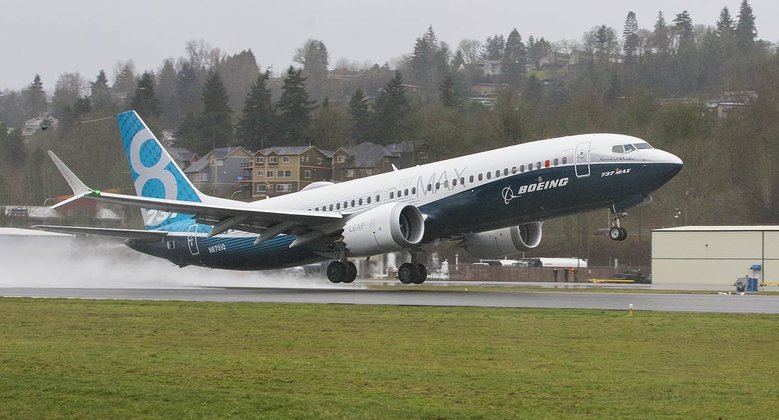
Figure 1. The typical short to medium-haul airliner, 737 MAX 8, we use in our calculations. Source; Leeham Co.
Summary:
- In addition to the aircraft operating costs, we must add other airline costs to understand ticket prices.
- Then we must look at the effects of revenue management and the type of flight, domestic or long-range.
Bjorn’s Corner: Sustainable Air Transport. Part 56. SAF non-CO2 effects
February 3, 2023, ©. Leeham News: We’ve gone through the composition of Sustainable Aviation Fuel, SAF, its production, and its cost. We’ve also discussed its effect on CO2 emissions from Air Transport.
An important part of SAF’s advantages is its effect on non-CO2 emissions. It stems from its low content of Sulphur and Aromatic hydrocarbons.
Bjorn’s Corner: Sustainable Air Transport. Part 55. Sustainable Aviation Fuel feedstocks
January 27, 2023, ©. Leeham News: Last week, we learned the main pathways to Sustainable Aviation Fuel and their production volumes for the next years.
Now we look at the feedstocks, what output we get from these, and how to safeguard the pathway is ethical and sustainable. Finally, we look at the cost of SAF until 2050.




